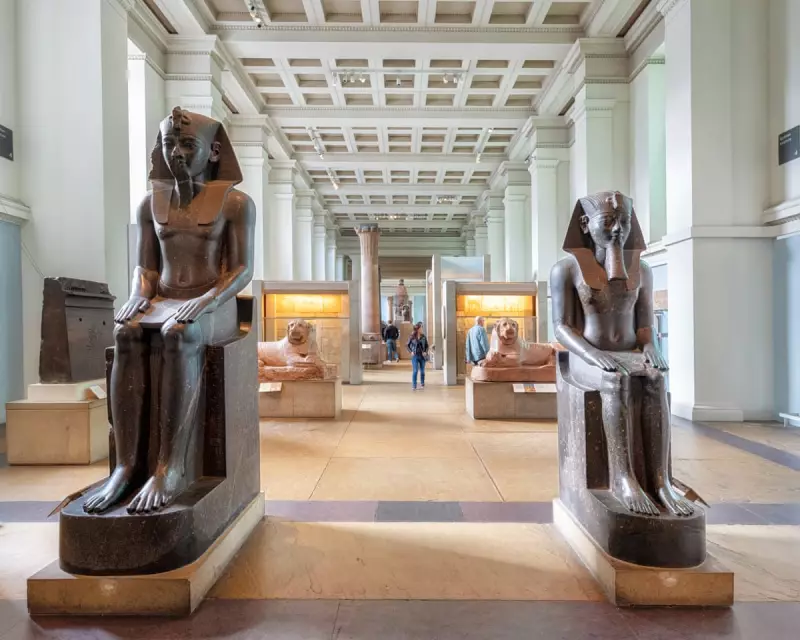
The British Museum, a cornerstone of cultural preservation, finds itself at the heart of a growing ethical debate. Despite shifting societal values, the institution continues to display human remains—a practice that many argue is outdated and disrespectful.
A Relic of the Past?
Museums worldwide are increasingly reevaluating their collections, particularly when it comes to human remains. Many institutions have opted to remove such displays, acknowledging the sensitivities surrounding them. Yet, the British Museum remains steadfast in its approach.
The Ethical Dilemma
Critics argue that displaying human remains reduces individuals to mere exhibits, stripping them of dignity. For descendants and communities with cultural ties to these remains, the practice can be deeply distressing. "It's not just about history—it's about respect," says one activist.
The Museum's Stance
The British Museum maintains that its displays serve an educational purpose. A spokesperson stated, "We handle all human remains with care and ensure they contribute to public understanding of our shared humanity." But is education enough to justify the controversy?
Public Opinion Shifts
Recent surveys suggest a growing discomfort with the practice, particularly among younger generations. As conversations around repatriation and ethical curation gain momentum, pressure on the museum mounts.
What's Next?
With calls for reform growing louder, the British Museum may soon face a reckoning. Will it adapt to contemporary values, or cling to tradition? The debate is far from over.





